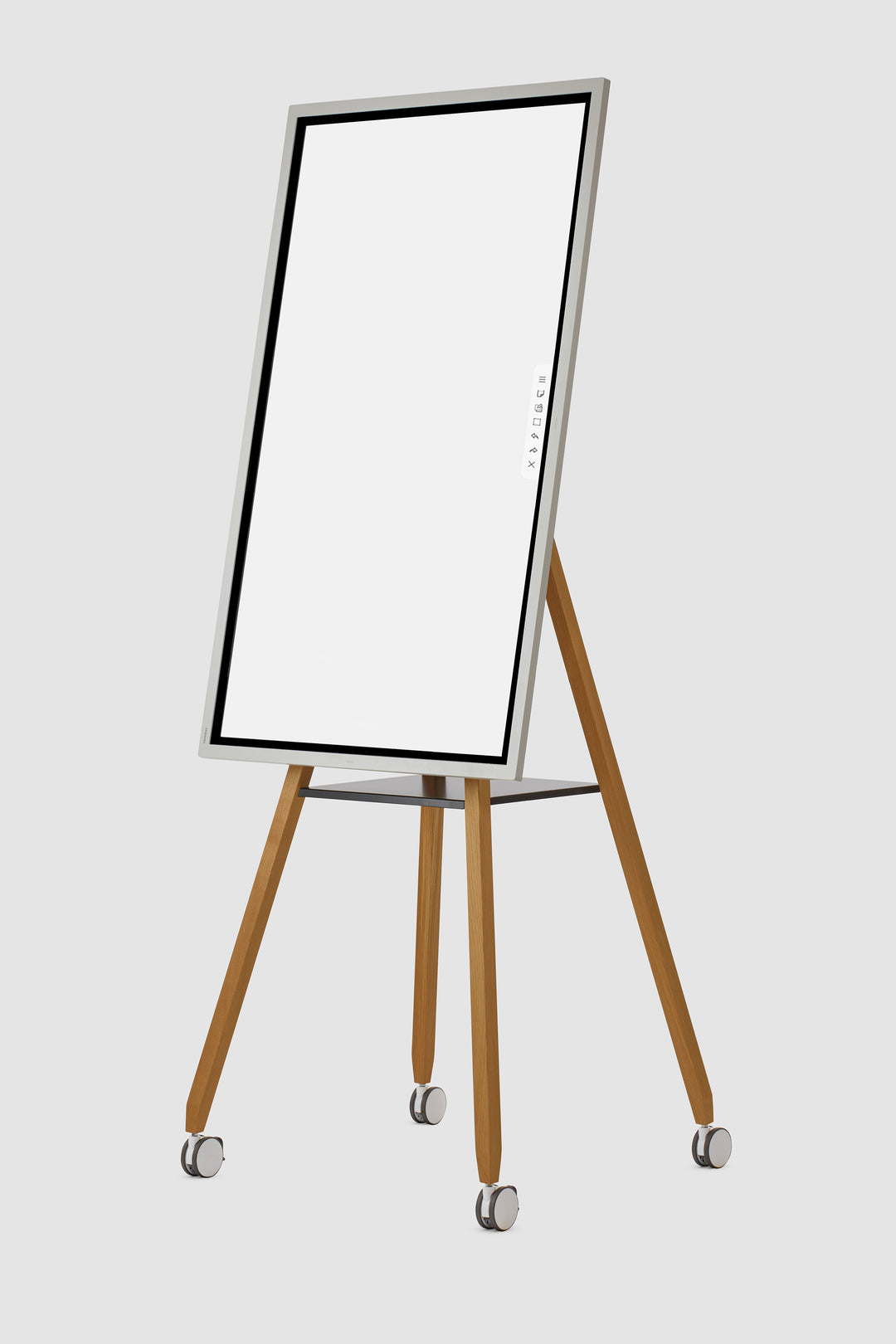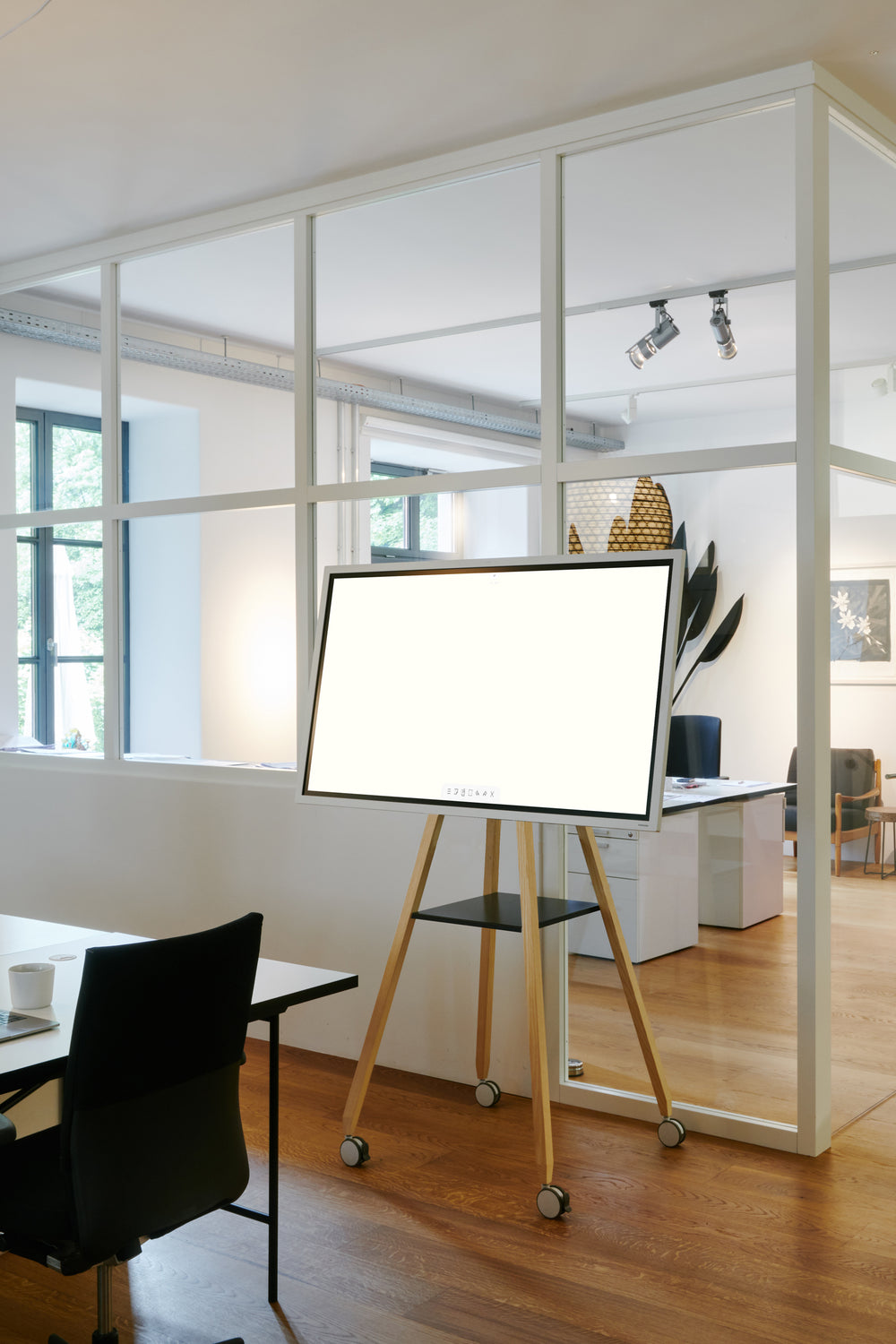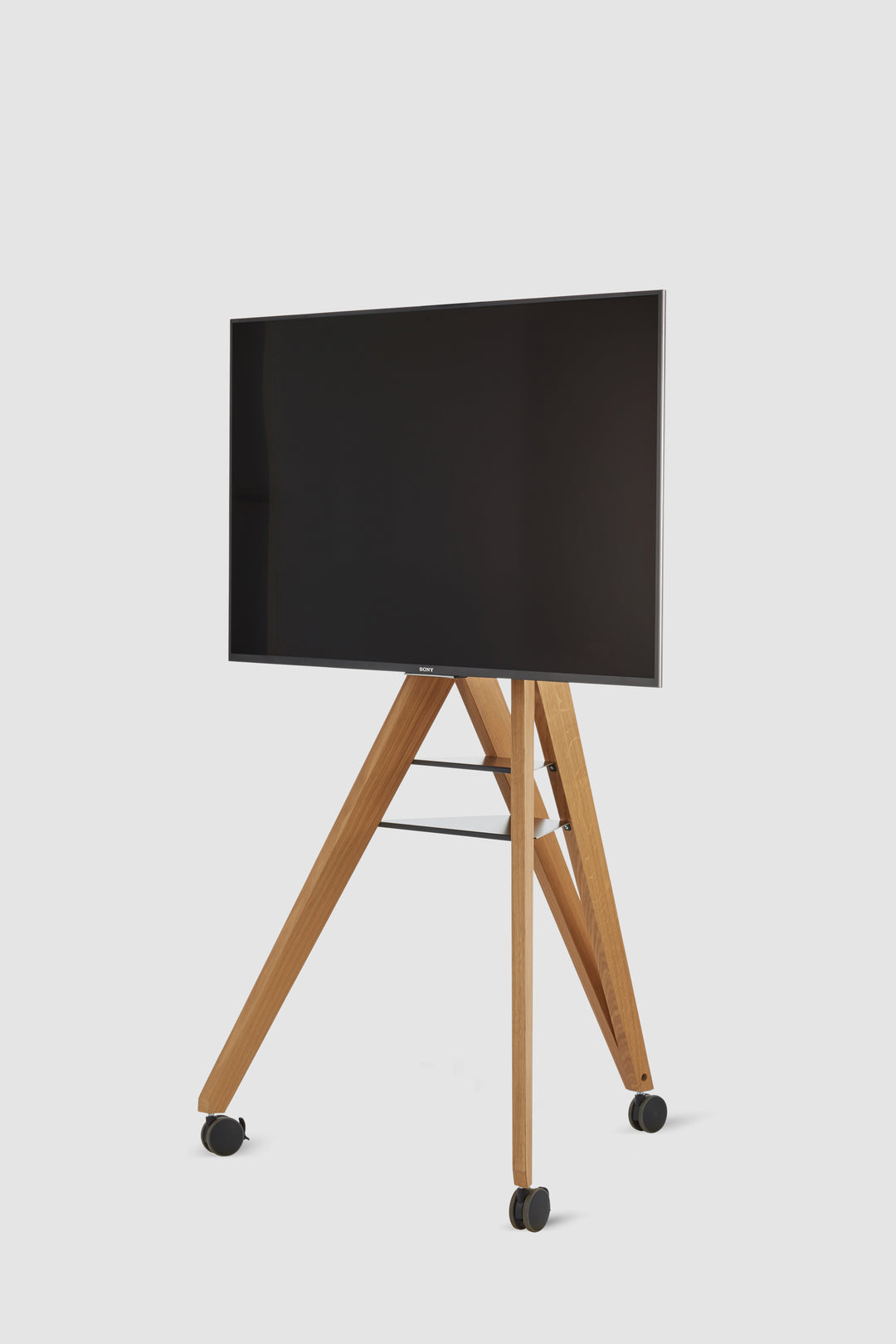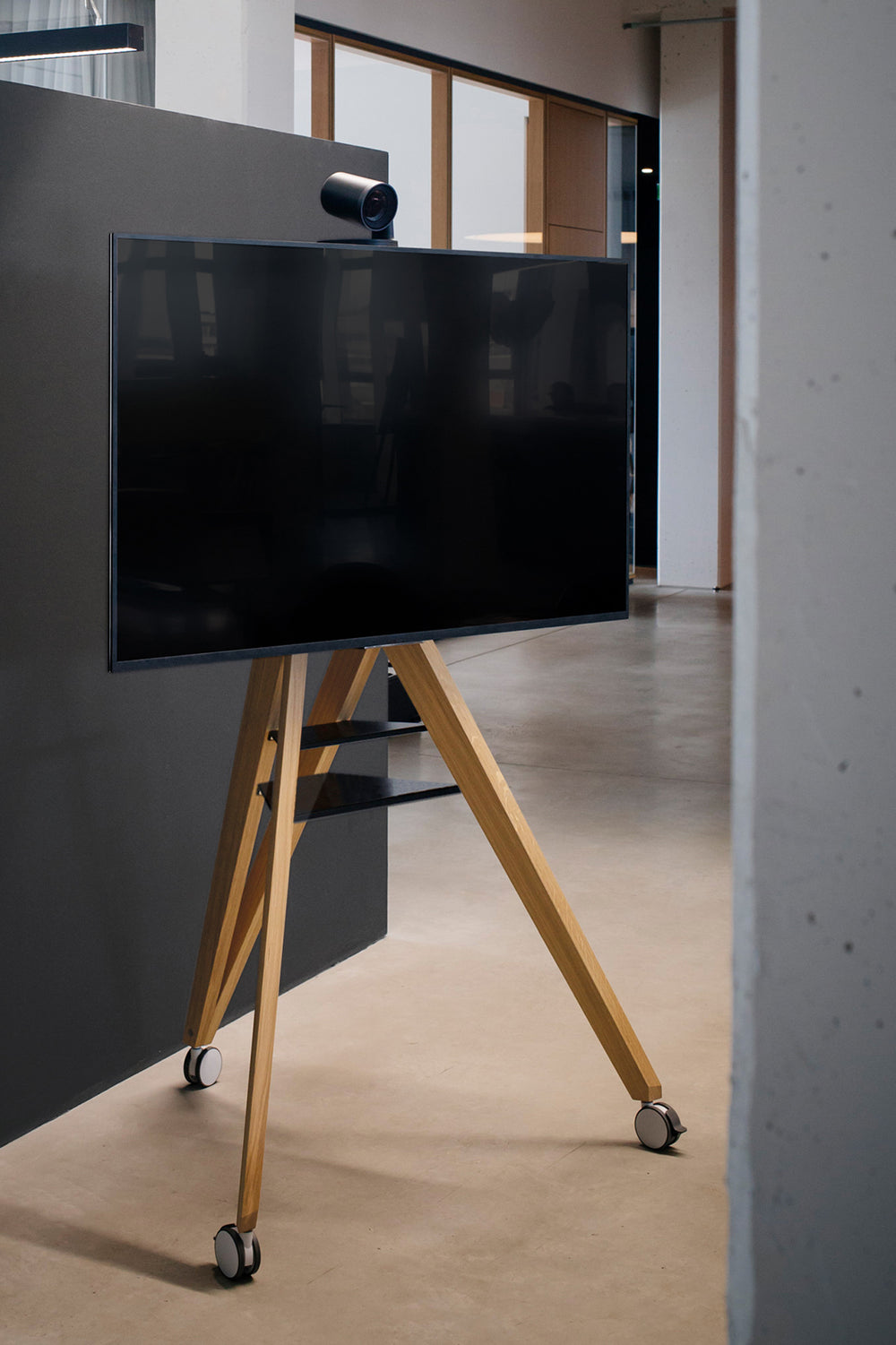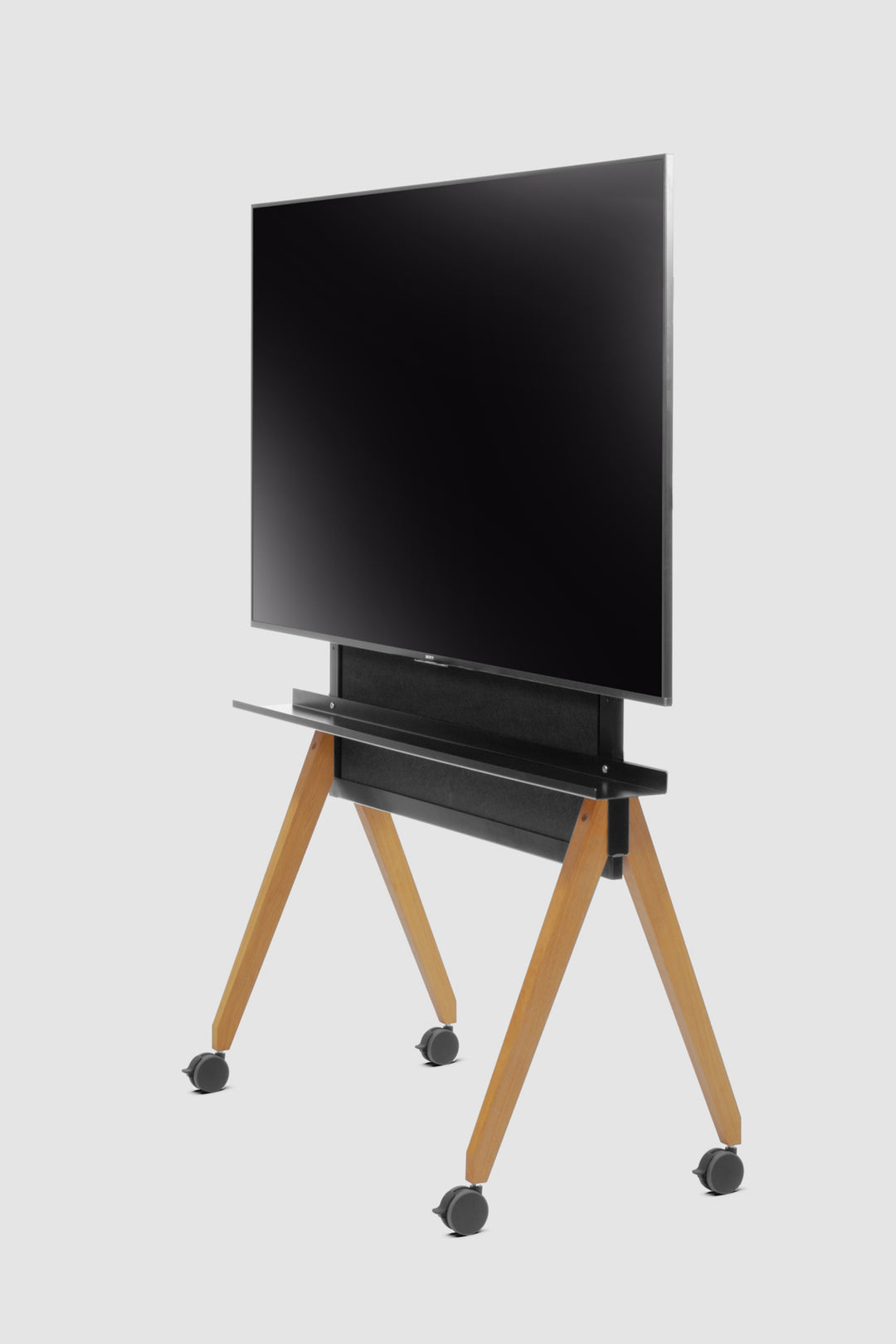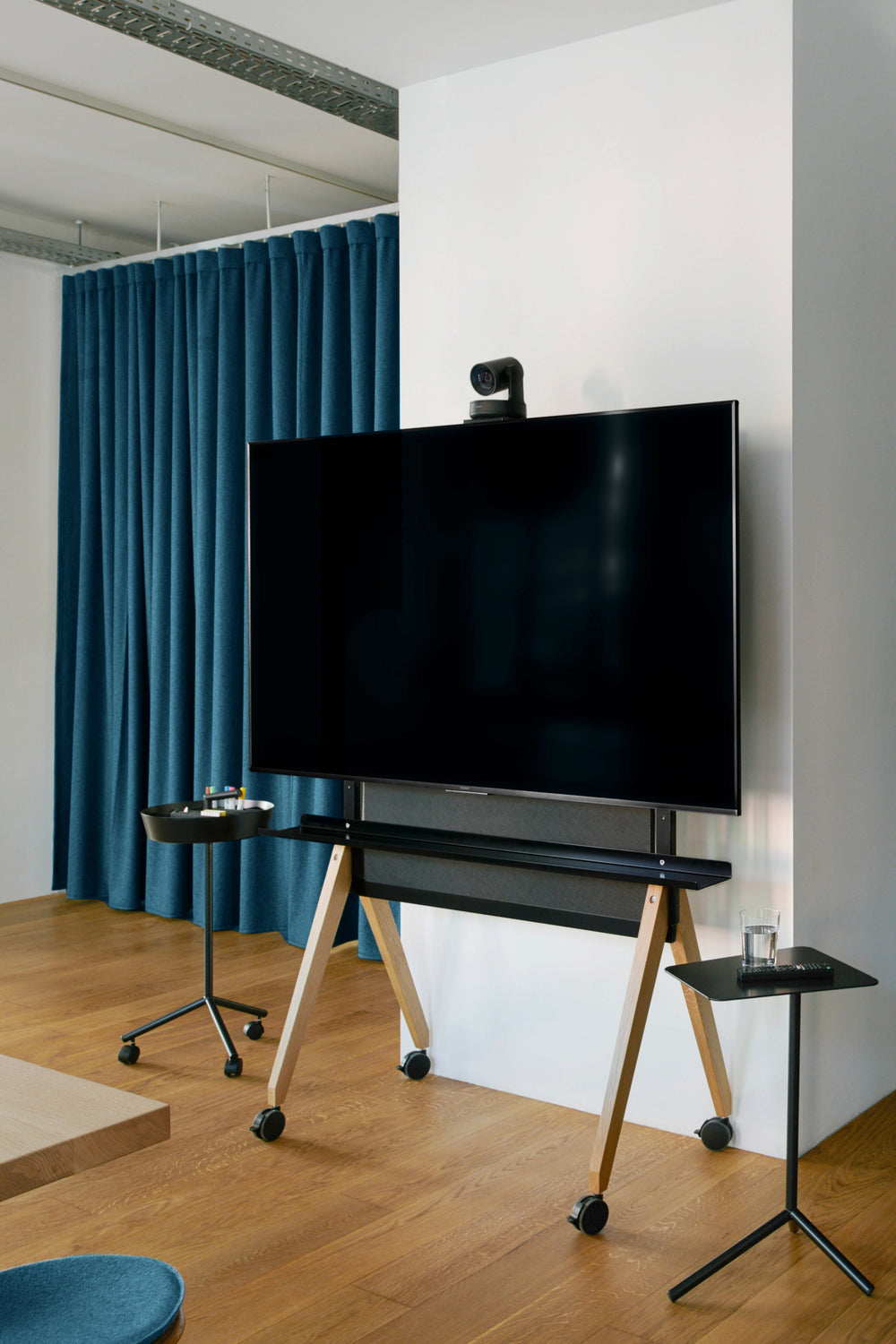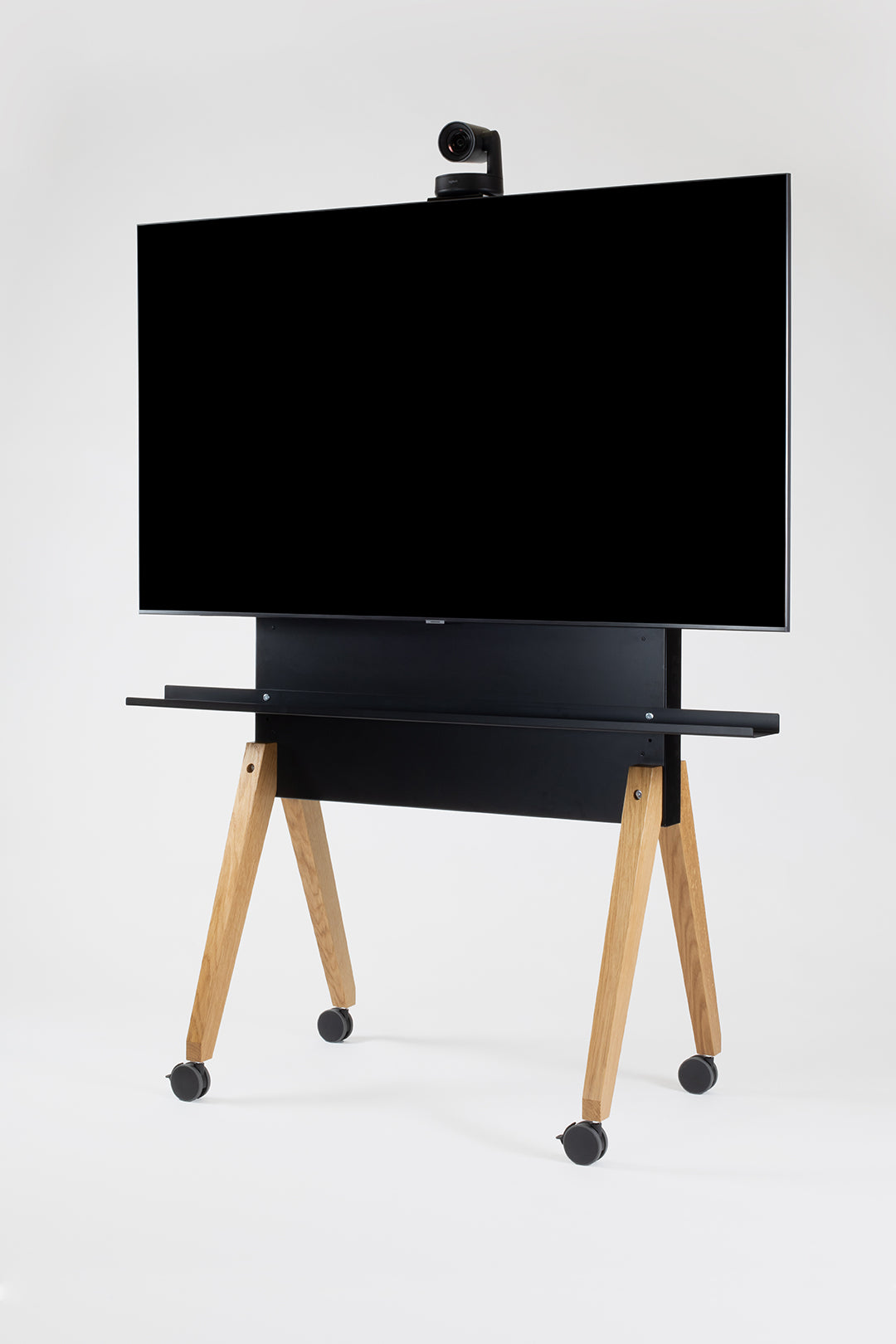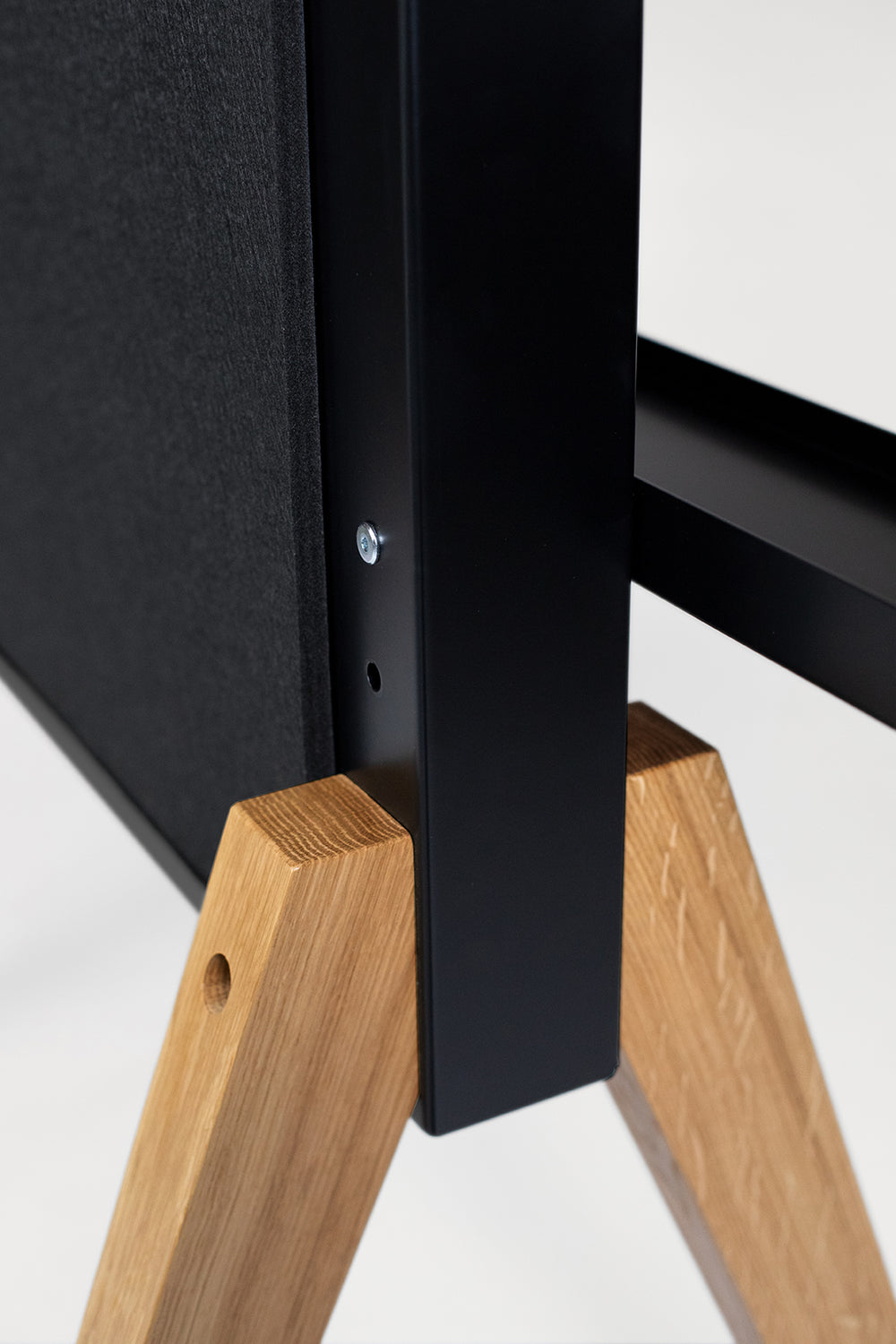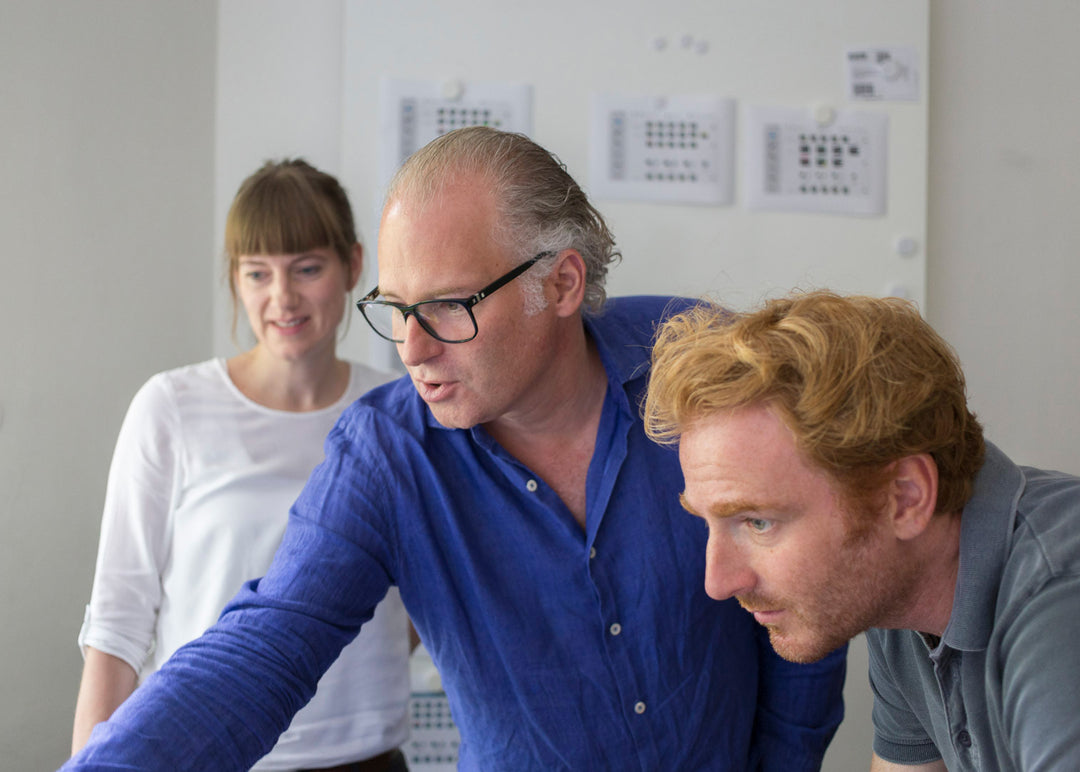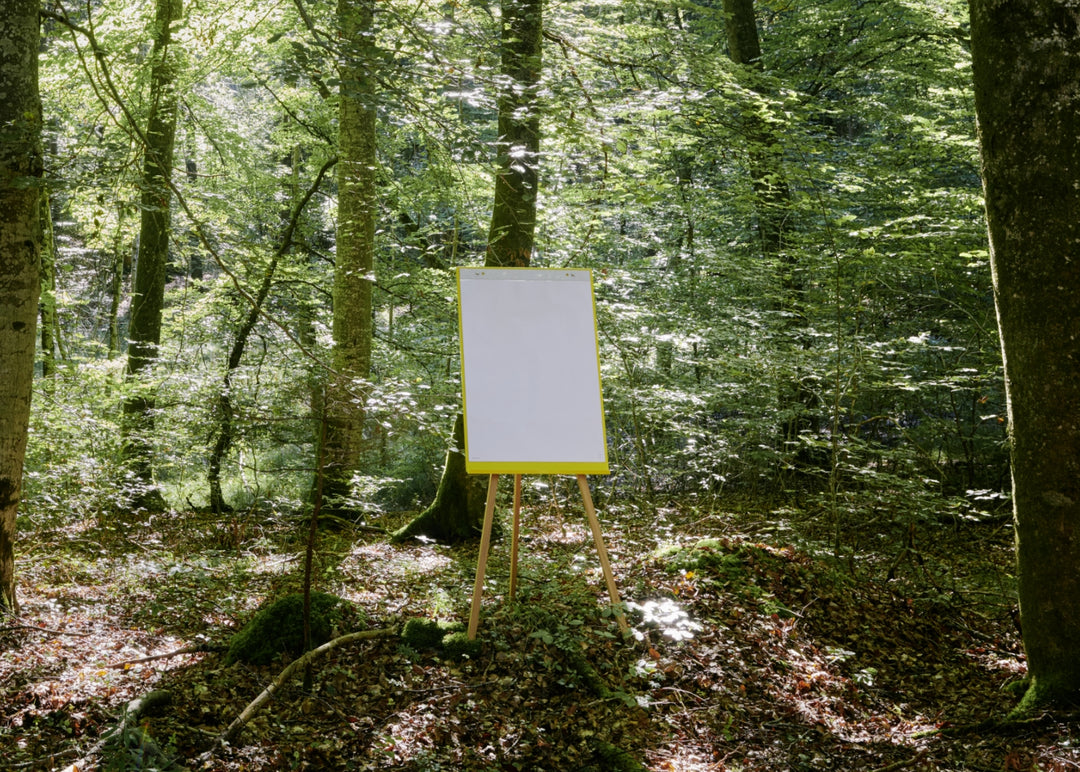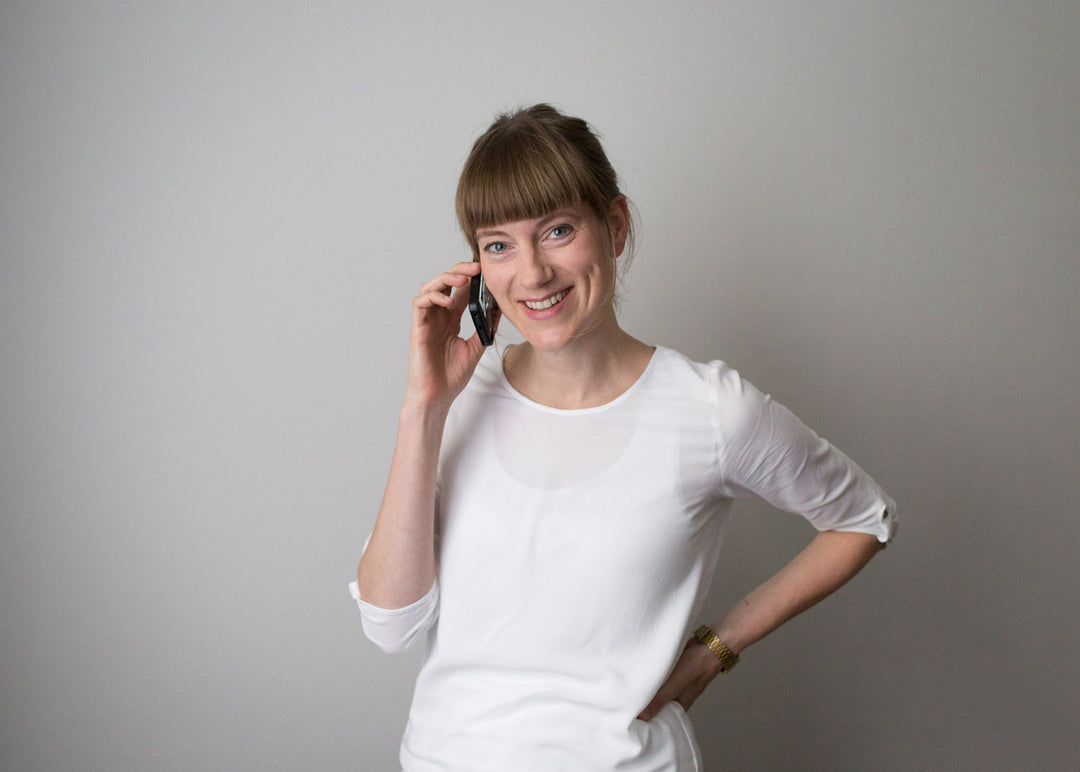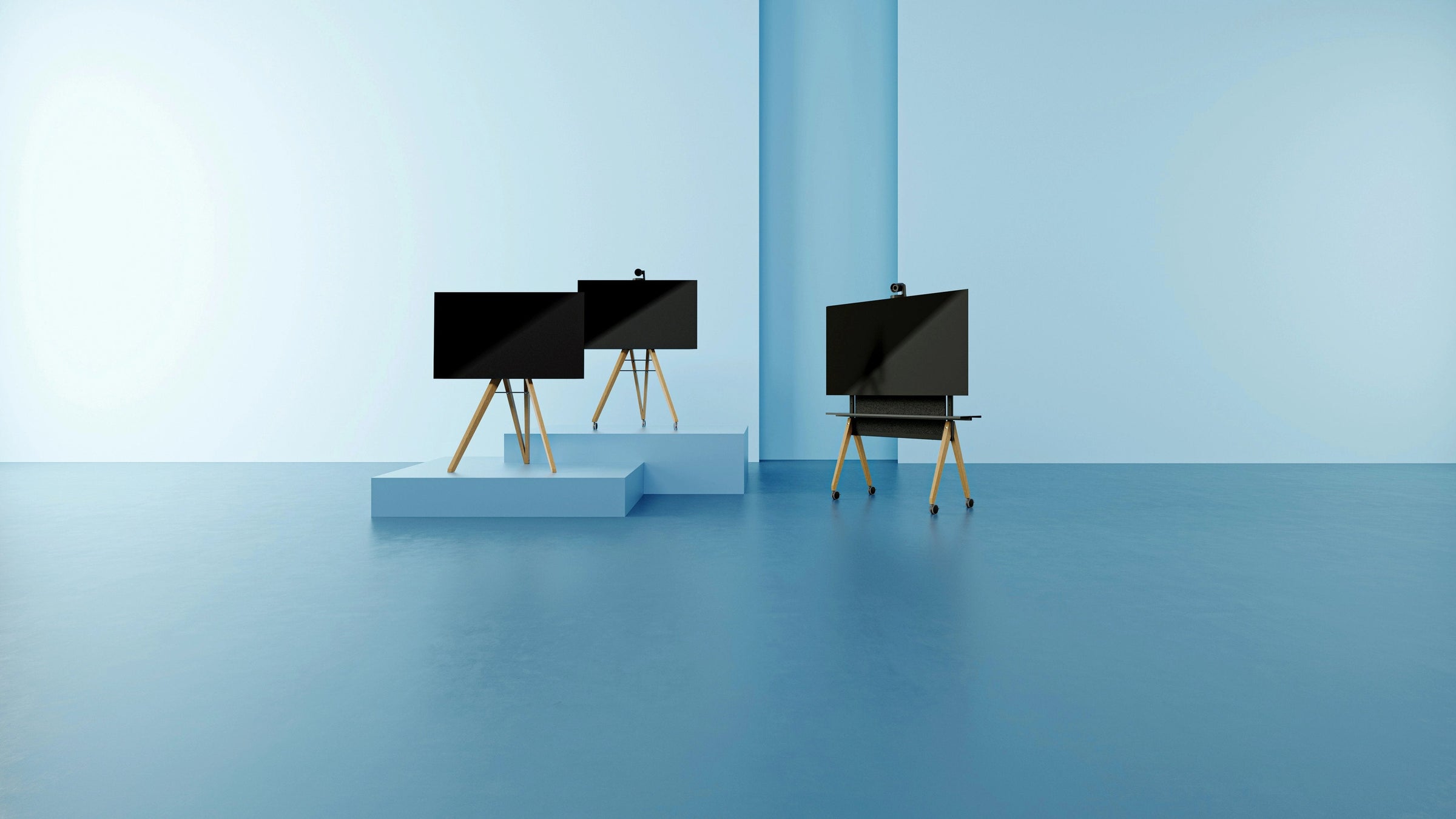
TV stand and display trolley
This is how collaboration succeeds in a hybrid working environment
Choosing the right monitor or display
The appropriate monitor size for presentations depends on a variety of factors, including venue, viewing distances, and audience size. Here we have put together some general recommendations for you:
-
Small to medium-sized rooms: In small to medium-sized rooms, such as meeting rooms or classrooms, monitors with a size of 55 to 65 inches are usually sufficient. They offer good visibility for most viewers, even from medium distances.
-
Medium to Large Rooms: Larger rooms, such as conference halls or event spaces, may require monitors 65" to 85" or larger to ensure all participants can clearly view the presentation content. At longer viewing distances, larger screens should be used to improve readability.
-
Stage Presentations: Stage presentations, town halls, or larger events where the monitor is positioned farther from the audience may require monitors 75 inches or larger. In such cases, however, the use of projectors and screens can also be considered.
It is important to consider the viewing distance to ensure presentation content is clear and legible. Larger monitors allow viewers to see details from greater distances. In addition, the resolution of the monitor is another important factor for the quality of the presentation. It is recommended to use monitors with a high resolution (eg. B Full HD or 4K) to ensure a sharp and detailed display of the content. Ultimately, the choice of monitor size depends on your specific needs and also heavily on budget.
How and where are camera systems attached to a monitor trolley to hold video conferences and team meetings?
Mounting camera systems to a monitor cart depends on the specifics of the cart and camera. Here are some common methods and places where camera systems can be attached to a monitor cart to hold video conferences and teams meetings:
-
Mount or mount on the monitor: Many monitor carts have an integrated monitor arm or mount to which a camera can be attached. These mounts usually offer flexible adjustment options for the camera angle and orientation.
-
Separate camera mount: In some cases it may be necessary to attach a separate camera mount to the monitor trolley. This can be, for example, a universal camera mount that is attached to the top of the monitor trolley or to a suitable location.
-
Wall mounting: If the monitor trolley is placed close to a wall, the camera can also be mounted directly on the wall to ensure an optimal viewing angle of the participants. In this case it is important to ensure that the wall mounting is sturdy and secure.
-
Cables and Connections: When attaching the camera to a monitor cart, it is important to also consider the cabling. Make sure there are enough cables to connect the camera to the computer or other AV equipment on the monitor cart.
The exact mounting location and type of mounting may differ from monitor trolley to monitor trolley. It is important to read the camera mounting instructions carefully and follow the manufacturer's specific instructions to ensure a secure and stable mounting. If you are unsure or have specific questions about attaching camera systems to our monitor trolleys, it makes sense to arrange a telephone appointment with us in order to receive appropriate support and guidance.
A reasonable setup for a video conferencing system in rooms with 4 to 6 people could include the following components:
-
Conference room camera: Choose a PTZ (pan-tilt-zoom) camera or a conference room camera that offers good image quality and has pan, tilt, and zoom capabilities. Make sure you have enough field of view coverage to capture everyone in the room. Popular brands include Logitech, Poly (formerly Polycom) and Cisco.
-
Microphones and speakers: Use either a conference microphone with a good range or multiple microphones spread around the room to ensure everyone can be heard clearly. For audio output, you can use either a conference speaker or separate speakers to ensure clear sound.
-
Display: Choose a high-quality monitor or an appropriately sized display to display the video conference content clearly and clearly. A screen size between 55 and 65 inches is often appropriate for rooms with 4 to 6 people.
-
Computer or laptop: Use a powerful computer or laptop to run the video conferencing software and view the screen content on the display. Make sure the computer has enough power to meet the video conferencing software requirements.
-
Stable internet connection: Ensure a reliable and fast internet connection in the room to ensure a smooth video conference. A wired Ethernet connection is often more stable than a wireless WiFi connection.
-
Conference Software: Choose a video conferencing platform that suits your team's needs and offers good collaboration features. Popular options include Zoom, Microsoft Teams, Google Meet, and Cisco Webex. Make sure you have the required licenses or subscriptions for the platform.
-
Room design: Pay attention to an appropriate room design to ensure optimal visibility and acoustics in the room. Make sure participants are seated in a way that allows for a good view of the screen and camera.
It is also advisable to consult a stockist, AV expert or coordinate directly with us to assess the specific needs of the room and plan the optimal setup for your video conferencing needs.
In rooms with 6 to 15 people, a comprehensive setup for a video conferencing system could be put together like this:
-
Conference room camera: Use a high-quality PTZ (pan-tilt-zoom) camera or a conference room camera with a wide field of view coverage to capture everyone in the room. Look for high resolution and features like auto framing and AI-powered features to ensure optimal video quality. Popular brands include Logitech, Poly (formerly Polycom) and Cisco.
-
Microphone array or conference microphones: Use a high-quality microphone array that contains multiple microphones and provides good coverage of the room to ensure clear and intelligible audio quality. Alternatively, separate conference microphones spread around the room can be used to ensure everyone is heard.
-
Speakers: Choose high-quality conference speakers or separate speakers to ensure clear and understandable sound for everyone in the room.
-
Display: Use a large, high-resolution monitor or display to clearly show the video conference content. Depending on the size of the room, a screen between 65 and 85 inches may be appropriate.
-
Computer or video conferencing system: Use a powerful computer or dedicated video conferencing system to run the video conferencing software and view the screen content on the display. A dedicated system can offer special features such as content sharing, whiteboarding, and built-in collaboration tools.
-
Stable internet connection: Make sure the room has a reliable and fast internet connection to ensure a smooth video conference. A wired Ethernet connection is often more stable than a wireless WiFi connection.
-
Conference Software: Choose a video conferencing platform that suits your team's needs and offers good collaboration features. Popular options include Zoom, Microsoft Teams, Google Meet, and Cisco Webex. Make sure you have the required licenses or subscriptions for the platform.
-
Room design and acoustics: Pay attention to an appropriate room design to ensure good visibility and acoustics in the room. Consider participant placement to ensure everyone is clearly visible and has access to the microphone. Acoustic treatments such as carpets, curtains, or sound absorbers can help improve audio quality in the room.
Are there collaborative screens that rotate 90 degrees and does that make sense?
Rotating the screen 90 degrees can be useful in certain situations, especially for collaborative work or when viewing content such as spreadsheets, code, documents, or long web pages. Here are some reasons why it may make sense:
-
Improved readability: When displaying long texts or columns in tables, portrait format can improve readability as more content is visible at once. This can be particularly useful when multiple people are viewing and collaborating on the screen at the same time.
-
Efficient use of space: In rooms where space is limited, the portrait format can allow better use of the available space. For example, the vertical orientation allows you to place the screen next to another screen, a whiteboard, or other work materials.
-
Better clarity: By using the portrait format, you can get a better overview of content such as Gantt charts, timelines or workflow displays. This makes it easier to collaborate and understand complex information.
-
Collaborative work: When several people work together on a project or exchange ideas, the portrait format can make the content more visible and facilitate interaction. Each participant can more easily see and comment on content, which can make collaboration more effective.
Our Flip It , which is compatible with the Samsung Flip 55" and Flip 65" and blends in well with different settings thanks to the different woods and glazes.
It's important to note, however, that not all types of content benefit from a 90-degree rotation. Some content, such as videos or images in landscape orientation, may not display optimally in portrait orientation. Therefore, the pivot function should be used depending on the nature of your content and needs. If you have the opportunity to try a pivoting screen, you can decide for yourself if it makes sense for your specific needs.
Good reasons for a TV stand or display trolley from roomours
With all




